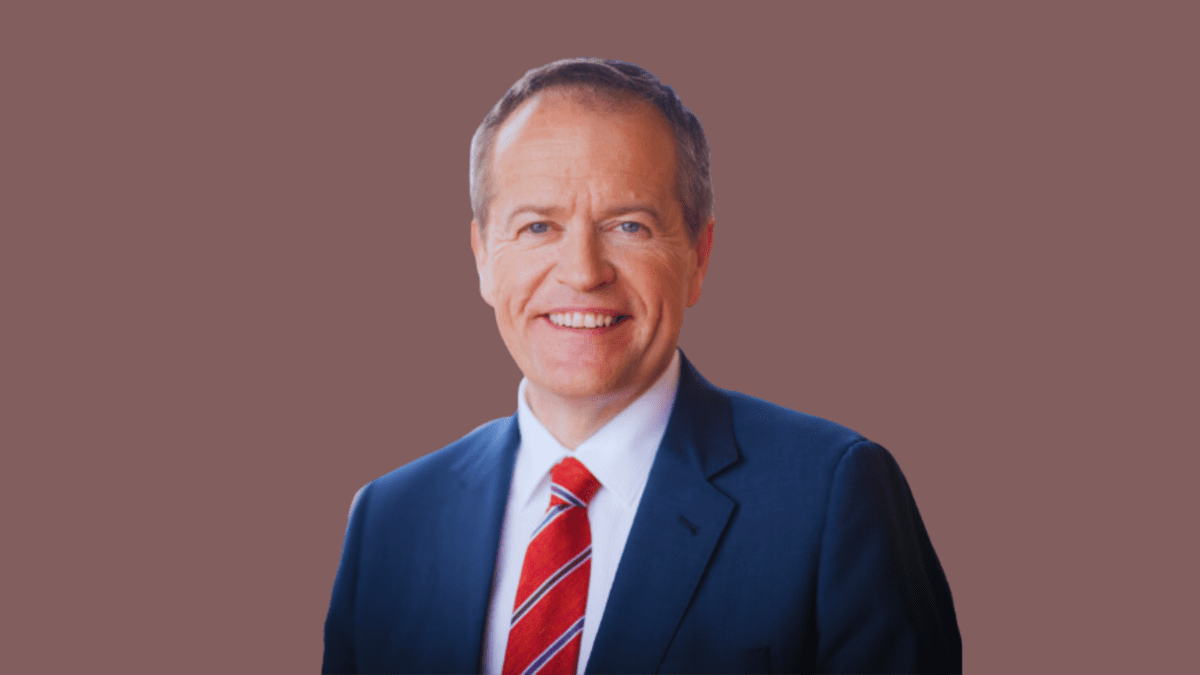Balanced funds deliver 13% return, does your SMSF measure up?
Research firm Chant West this week released its superannuation industry report, tracking the performance of both industry and corporate super funds. Not unexpectedly, media headlines were dominated by the sector delivering the strongest returns since 1996-97.
According to the firm’s analysis, the median My Super Growth plan delivered a return of 18.0% for the financial year, with median representing the ‘middle’ result, rather than an average of all those surveyed. It was a stunning result given the humanitarian and economic backdrop, and interestingly one shared by both corporate and industry funds, with four of the former among the top ten returns.
As is always the case, SMSF trustees and investors must look closer at the data in order to compare it to their own situation. Despite the label of ‘balanced’ the majority of the My Super products into which investors are defaulted fall squarely in the ‘growth’ camp. For instance, AustralianSuper’s current asset allocation includes just 17% in traditional low-risk assets like cash and fixed interest.
This reflects the fact that the majority of the member base of many of these default funds is younger workers and accumulators, allowing more risk to be taken. By comparison, most SMSFs and super funds managed for retirees and those drawing a pension follow a true-to-label balanced approach, holding anywhere from 30 to 50 per cent in low-risk assets.
The analysis calculated the median traditional ‘balanced’ fund return as closer to 13.0% for the financial year, likely more reflective of the risk involved. Not unexpectedly, the funds that benefited most were those with significant exposures to global equities, which on average returned 37% over the 12-month period. What likely came as a surprise to many was that this wasn’t the best performing asset class.
According to Mano Mohankumar, investment research manager at Chant West, the crown went to private equity, which delivered on average a return of 40% for the financial year. The lack of transparency and opaque nature of the private equity sector is well-understood and appreciated by investors, but it does seem like an incredible performance given the prevailing conditions. Private equity allocations tend to be made over decades, not months, with performance delivered when investments are realised, such as through IPOs and SPAC listings.
2020 was an incredibly tough year for these types of exits, but perhaps 2021 was significantly better given the number of IPOs and huge growth in private equity capital raisings. Given the sector represents anywhere from 5% to 10% of many My Super strategies, some additional transparency and insight into the performance would likely be welcomed. The strong performance of both private equity and overseas equities highlights the risk of Australian trustees sticking with their ‘home bias,’ which forces them to miss out on exposure to some of the world’s leading companies and technologies.
For the purposes of comparison, it is worth looking at the performance of independent research house Morningstar’s Multi Sector Models, which are invested similarly to My Super products. Morningstar’s ‘balanced’ fund delivered a return of 14.1% for the financial year, compared to 13.0% for the industry, with ‘growth’ close to 19% compared to 18%, suggesting performance across the board was generally in line with passive benchmarks.
A number of recent papers have been focused on the challenges facing investors retiring today, including that written by Martin Currie, link here. The traditional belief was that investors should hold a lower portion of their portfolio in risky assets as they age, something reflected in the Life Cycle strategies offered by many My Super products.
Many are now arguing that record-low interest rates and negative returns on traditional fixed income investments actually requires the opposite approach. This point is laid bare in the Life Cycle performance figures, with those in the middle of drawdown phase, or born in the 1940s, seeing a return of 10.8% over the last 12 months, half that of someone born after the 1960s, who returned 22%. Hence returns, and likely income, are falling at the exact time they are needed most.










